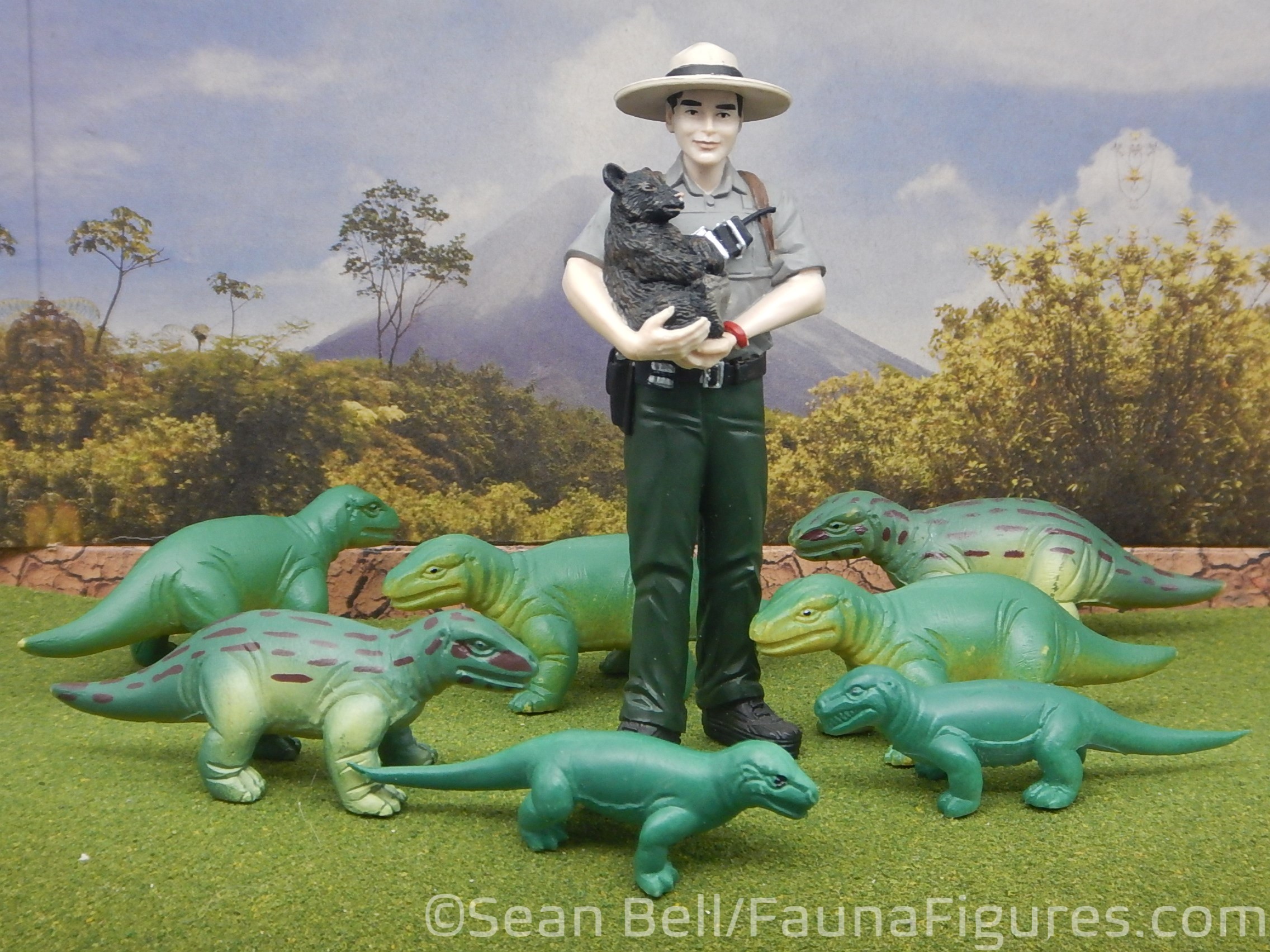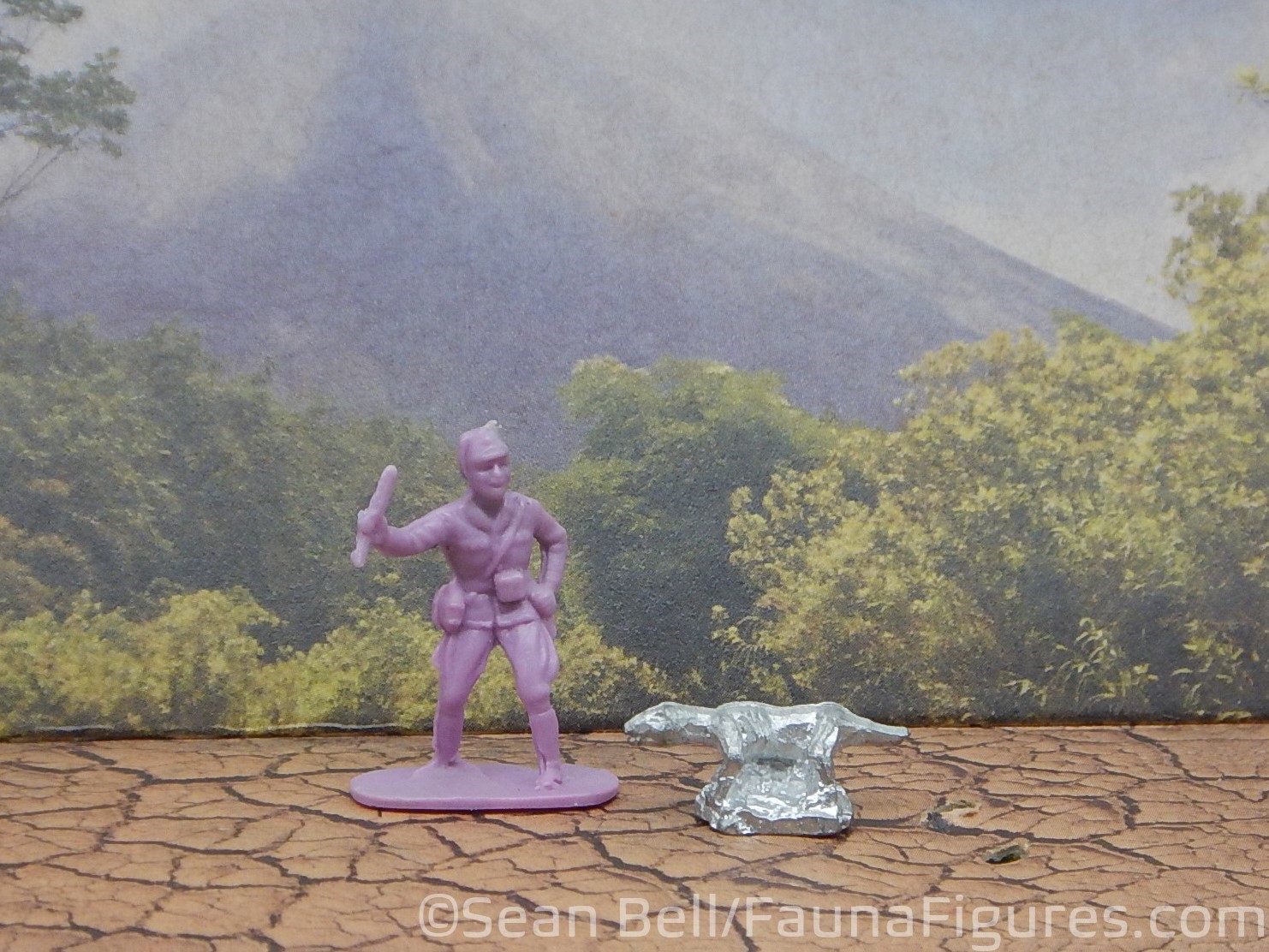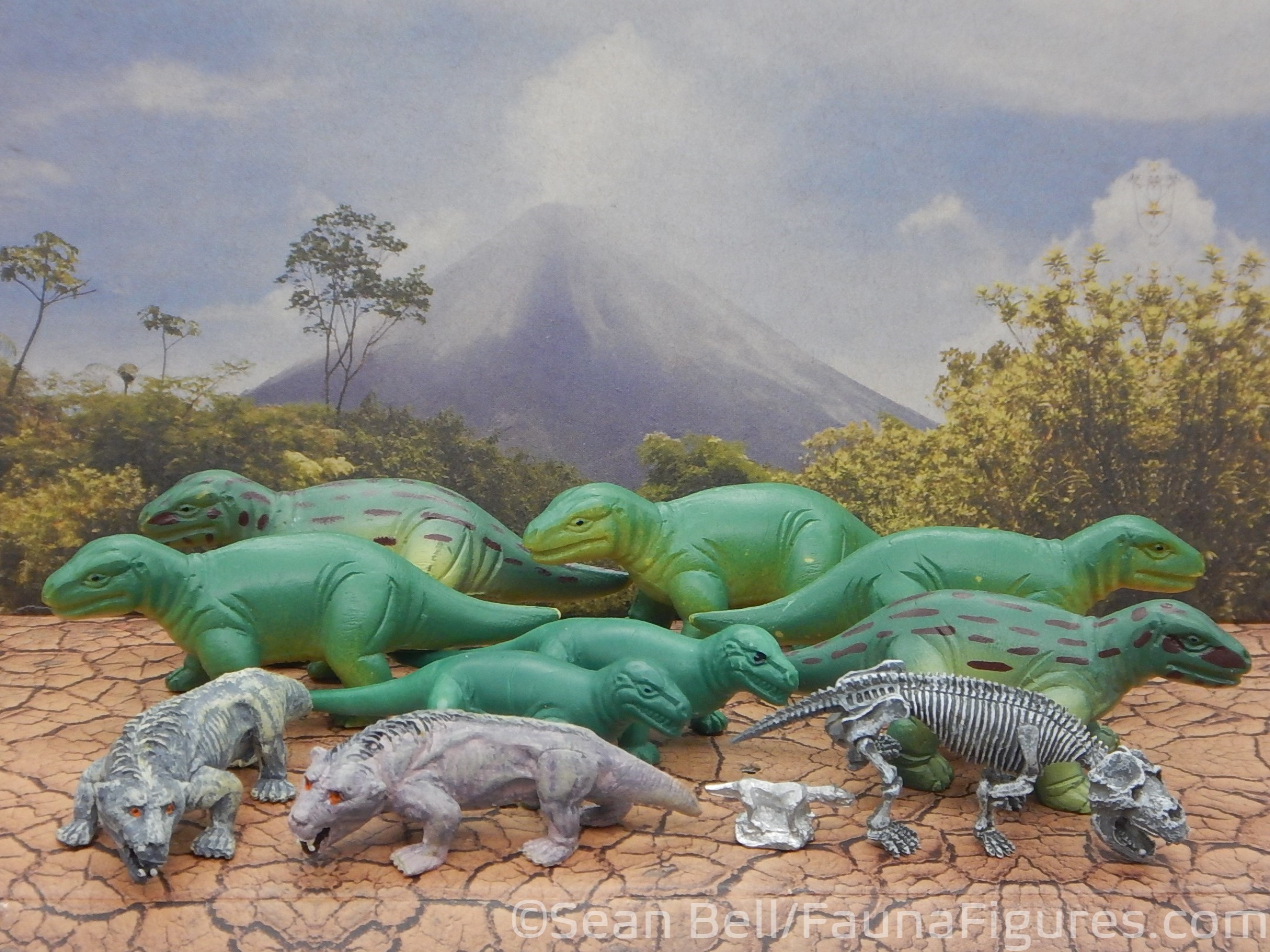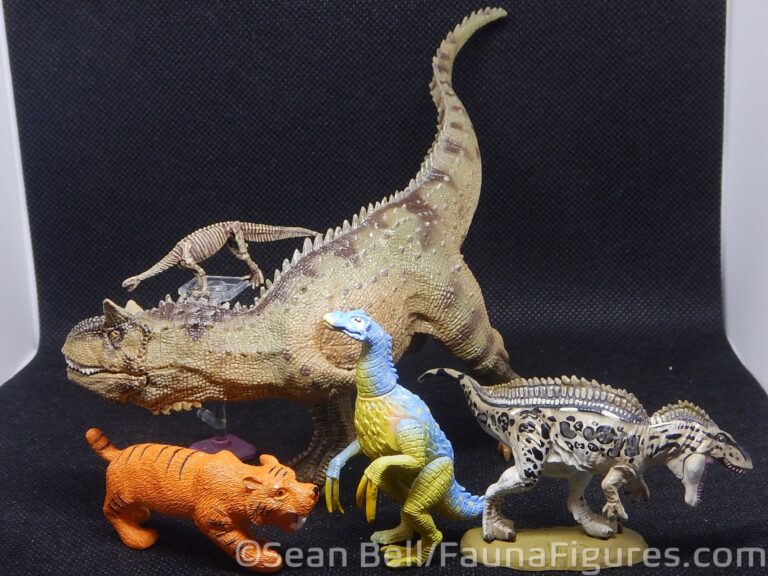Time to do another quick clades overview. This time, we’re going to head to the base of the mammal family tree! In this instance, I am talking about the Eucynodontia. As a clade, we are looking at the least inclusive group including mammals and Exaeretodon (foreshadow!); in my personal system, this will refer to the Cynognathia as a ‘basal’ group (plus a few taxa ancestral to that), sister to the Probainognathia (which contains true mammals and their closer ancestors, broken down further in my database). It’s a whole lot of trying to sort out relationships when I’m organizing everything that I have! This makes me realize that ‘clades’ isn’t quite the right name for these…more like ‘paraphyletic ancestral groupings’ but that’s just not as catchy.
The Eucynodonts (defined as the cynognathian basal group) first appear in the early Triassic (maybe late Permian?) and lasted until the early Jurassic. They have so far only been found in Gondwanan localities–South Africa, South America and Antarctica. The name comes from the most basal taxon, Cynognathus, which also happens to be by far the most likely figure to be found. This is probably helped by fossils of the genus being found in a number of locales from the early and mid-Triassic. It is also among the more basal taxa in the cynognathia. After that, the only other figure I’m aware of (and, that I have) is the aforementioned Exaeretodon, a late Triassic taxon from South America and, apparently, India (although my model is based on a South American species).
As a group, there were predators, like the aforementioned Cynognathus and Exaeretodon, and also herbivorous traversodonts (although I am not aware of any figures of those). They are often depicted with an erect or semi-erect sprawling gait. Most figures are very reptilian in their depiction, which may or may not be accurate; later reconstructions seem to at least give them some more mammal-like features, be it some whiskers or an actual coat of hair or fur. Most of the Cynognathus figures are much older, from at least the 90s or earlier, which means that so far there are no updated models around. The Exaeretodon on the other hand has a much more mammalian appearance, but with quite a sprawled gait.
As a group the Eucynodontian animals represent a really unique part of mammalian ancestry. It would be nice to see more figures of them (as with pretty much any Triassic or early Jurassic organism). It would especially be great to see some more current figures made. The relatively recent Exaeretodon was made in conjunction with the Dawn of the Dinosaurs expo from the late 2000s (the Lessemsaurus from the same series can be seen here); and there was a bigger, fancy resin model as well (which I don’t have); neither is particularly easy to find (and never really was). Cynognathus, on the other hand, used to be somewhat common; classic companies like Starlux, MPC and Marx used to include them, but the Play Visions and Mech versions (and later reissues) are the most recent, and some version of the latter may be the only one currently available. Good models for a collector that wants a more diverse range of prehistoric figures, but sadly not one that seems to get much attention. Really, overall, non-mammal synapsids are poorly represented overall. For now. Maybe that will change eventually? We’ve seen some other recent synapsid figures and other unusual reptiles, maybe someone will take further inspiration?











Pingback: Vault Tales 207 FigureFrenzy Hyena, Dodo, Cynognathus, African wild dog, Arsinoitherium – Fauna Figures Blog